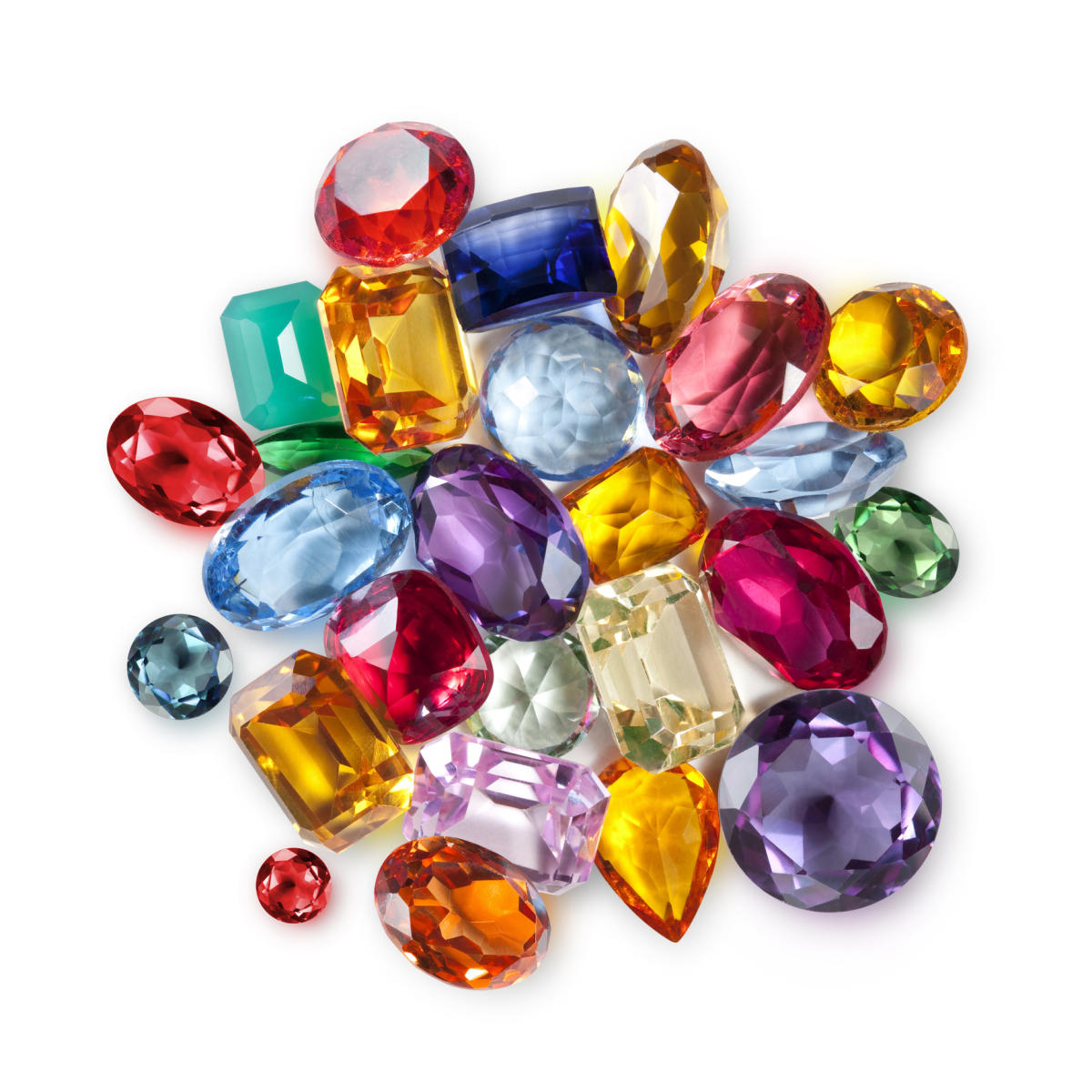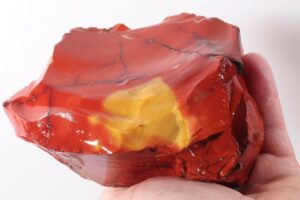Have you ever heard of lab-grown gemstones? For the past few years, there has been a lot of talk surrounding them. Perhaps you’ve heard of them and think that purchasing a lab-grown gemstone is worthwhile.
We have decided not to sell lab-grown gemstones because we believe they are not a good substitute in the gemstones universe.
Here are some of the main reasons we avoid Synthetic gemstones and why we believe you should.
What Exactly Are Synthetic Gemstones?
Simulants and false gemstones are not the same as synthetic gemstones. A manufactured gem has been manufactured and polished before getting cut.
Natural and synthetic gemstones are chemically similar. A synthetic emerald, for example, is green beryl, and a synthetic ruby is a red corundum. Based on the scale of the activity, these jewels are grown in labs or production plants. Synthetic corundum, beryl, and gemstone are readily available for those interested in going down that path.
Also read:- write for us tech
Also read:- Technology write for us
Also read:- write for us technology blogs
Synthetic gemstones would typically have very outstanding properties and vivid hues. They shine out so that genuine jewels cannot, although some people find the result gaudy. Scientists can now make genuine diamonds artificially, thanks to technological advances. These jewels have the same chemical and physical properties as typically mined diamonds, but they are created in a lab or factory in a couple of weeks.
Why are synthetic gemstones bad?
- Low Resale Value: While synthetic stones are inexpensive, they have a low resale value if you plan to sell some of these pieces later on. They are not as valuable as natural stones since they are plentiful.
- Overly Flawless Appearance: Because of imperfections, some individuals like the look of natural stones. Although synthetic gemstones can be manufactured to mimic that look, mass-market synthetic gemstones tend to favor the clear, flawless aesthetic. This puts off some purchasers since they prefer seeing inclusions in their diamonds.
- Many individuals may be unaware of what a Synthetic gemstone is. Of course, you are not required to inform anyone that you purchased a Synthetic gemstone (and even experienced gemologists might not be able to tell). However, because of the disinformation we discussed previously, most people are unaware of what a lab-created gemstone is. They may believe you were cheap and purchased a CZ or a fake gemstone instead of the genuine article.
- Because Synthetic gemstones are still relatively new in the jewelry business, their long-term value is unknown. While rising demand may cause the price of manufactured gemstones to rise, it is essential to remember that advances in lab-grown gemstone technology may cause the value of previously sold gemstones to fall.
- Synthetic gemstones benefit industrialized economies while displacing workers in developing economies. A gemstone mine, when operated appropriately, is a significant boon to the host country’s economy. These countries were frequently impoverished, and the mine’s jobs and money could help support countless individuals out of hardship.
- Natural gemstones are one-of-a-kind, whereas lab-grown gemstones are not. Each natural gemstone extracted from the soil is a one-of-a-kind work of nature’s art. Gemstones developed in laboratories, on the other hand, are mass-produced in Gemstone factories. Because of this, the mystique or allure of the gemstone may be lost.
- You lose some of the enchantment, amazement, and “it element” that accompanies a natural gemstone. Some may think this is not very smart, but there is something extraordinary about knowing your gemstone has a rich history and tradition. Our parents wore natural gemstones, then our parents’ parents, and centuries. A natural gemstone has probably spent millions of years under pressure, honed by the earthly process before being found and brought to the fore. When compared to the sterile setting of a modern lab, some of the romance is lost.
- One of the most significant drawbacks of this type of gemstone is its size, and they are tiny, never reaching the size of a normal one. Another disadvantage of synthetic gemstone is impurity, which does not exist in the genuine diamond.
- MAY CAUSE SUSTAINABILITY PROBLEMS: Although precious gemstones are not harmful to the environment, their production requires a tremendous amount of energy. According to experts, gemstone mines release less carbon dioxide than synthetic gemstone labs. Now, gemstone industry officials attempt to determine if gemstone manufacturers may label their businesses as eco-friendly or sustainable. Other processes, such as CVD, generate exceptionally pure rhinestones with little imperfections, but the stones are less firm. According to experts, they are the consequence of the high temperature and high-pressure procedure.
Also read:- Concept of Gemstones
WHICH SHOULD YOU SELECT?
There are no hard and fast rules for selecting a gemstone for your jewelry. Finally, it boils down to what is essential to you as a consumer. You may favor mined gemstones because you believe they have unique value and importance as one of nature’s rarest miracles.
Author Bio:
Hello, I am a professional SEO Expert & Write for us Technology blog and submit a guest posts on different platforms- we provides a good opportunity for content writers to submit guest posts on our website. We frequently highlight and tend to showcase guests.




